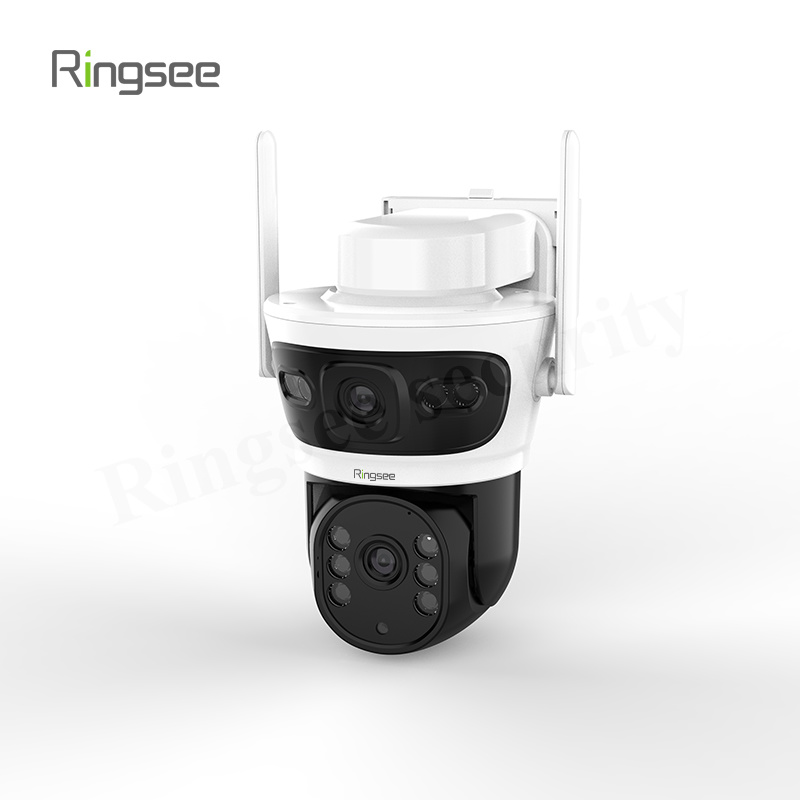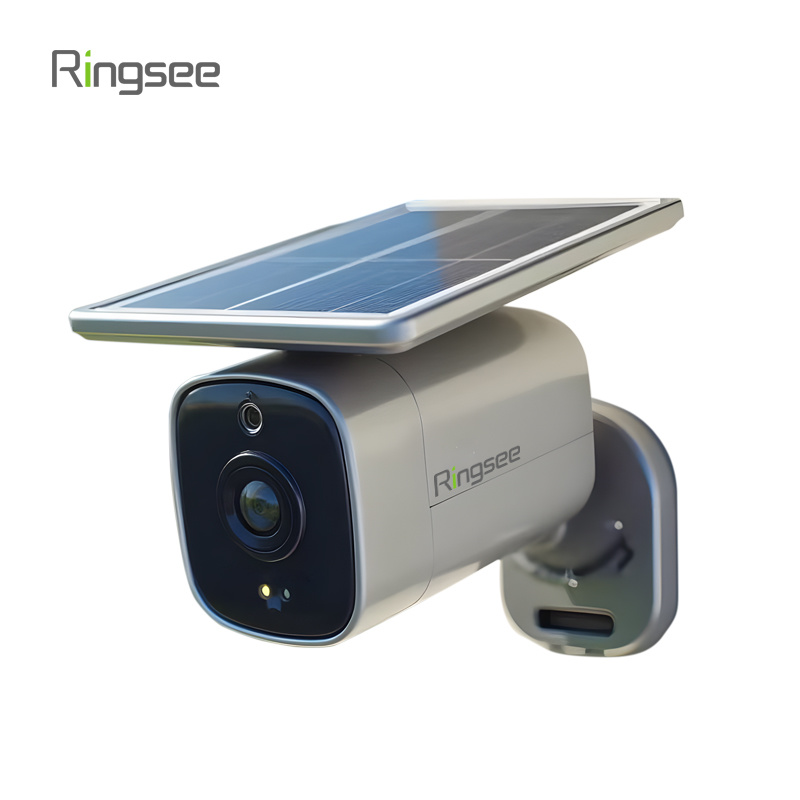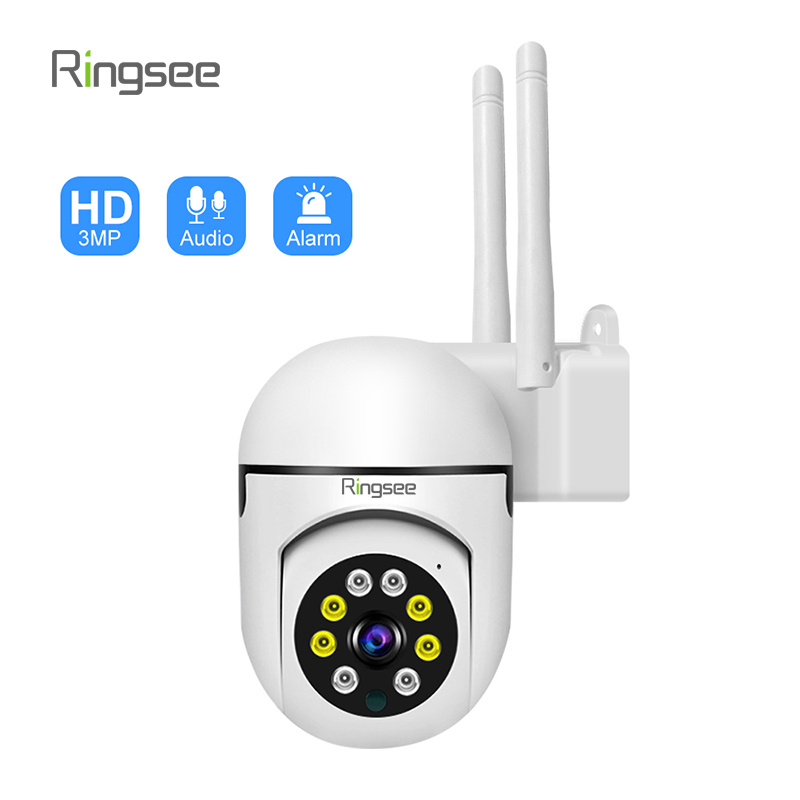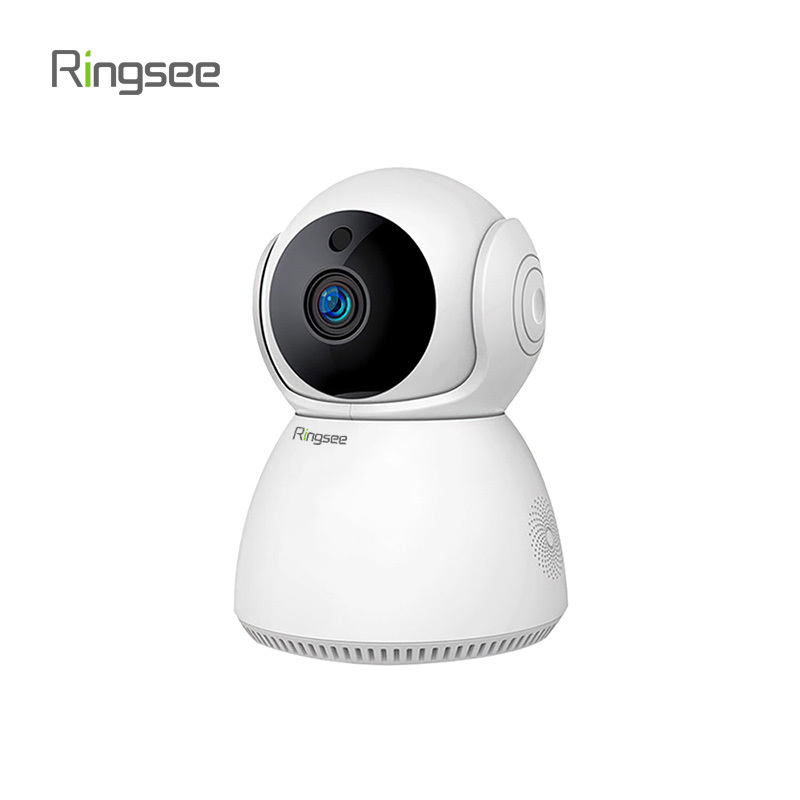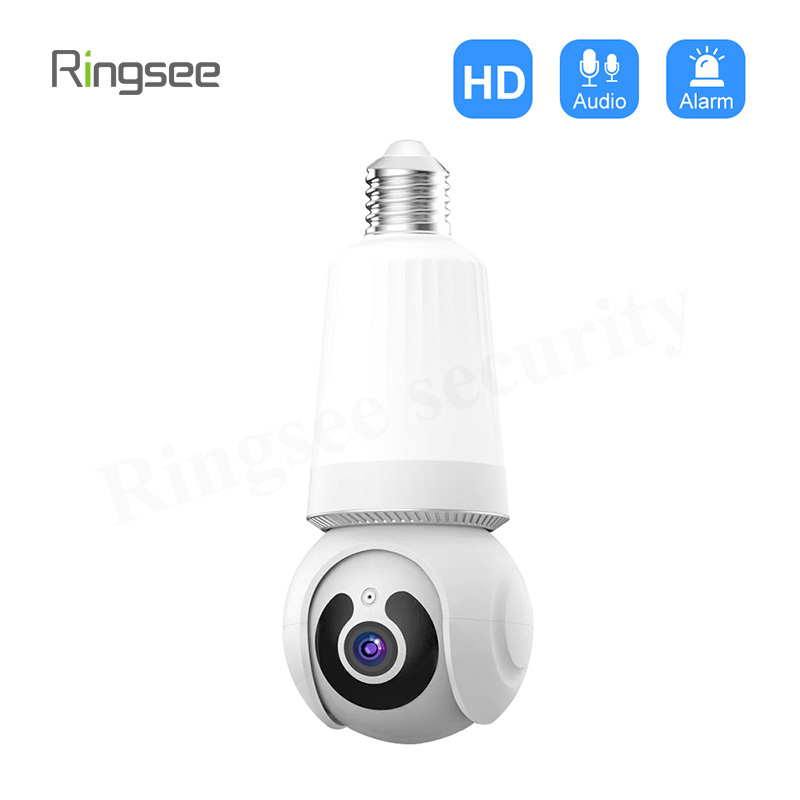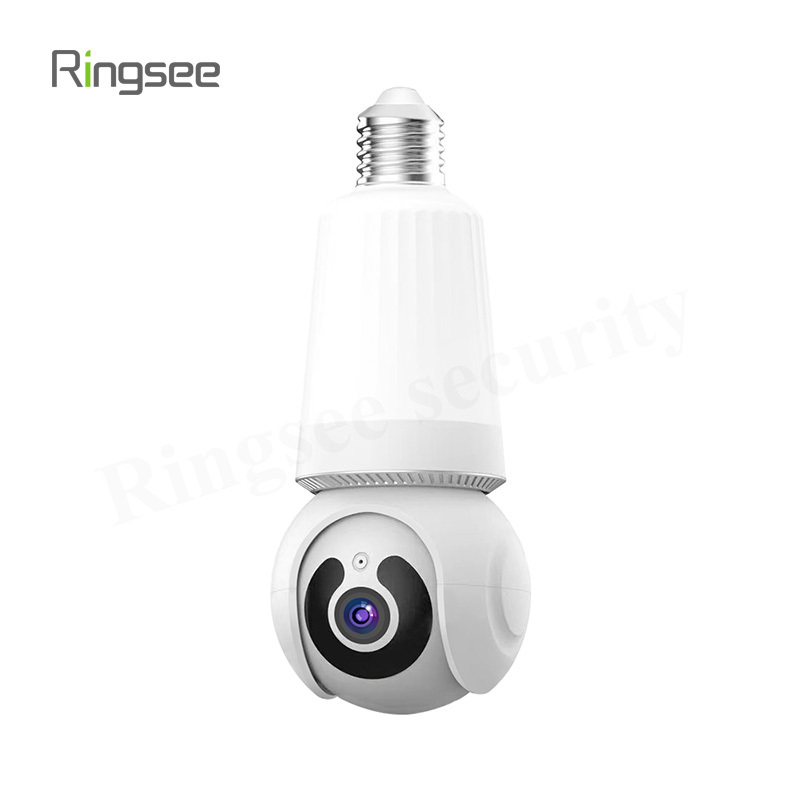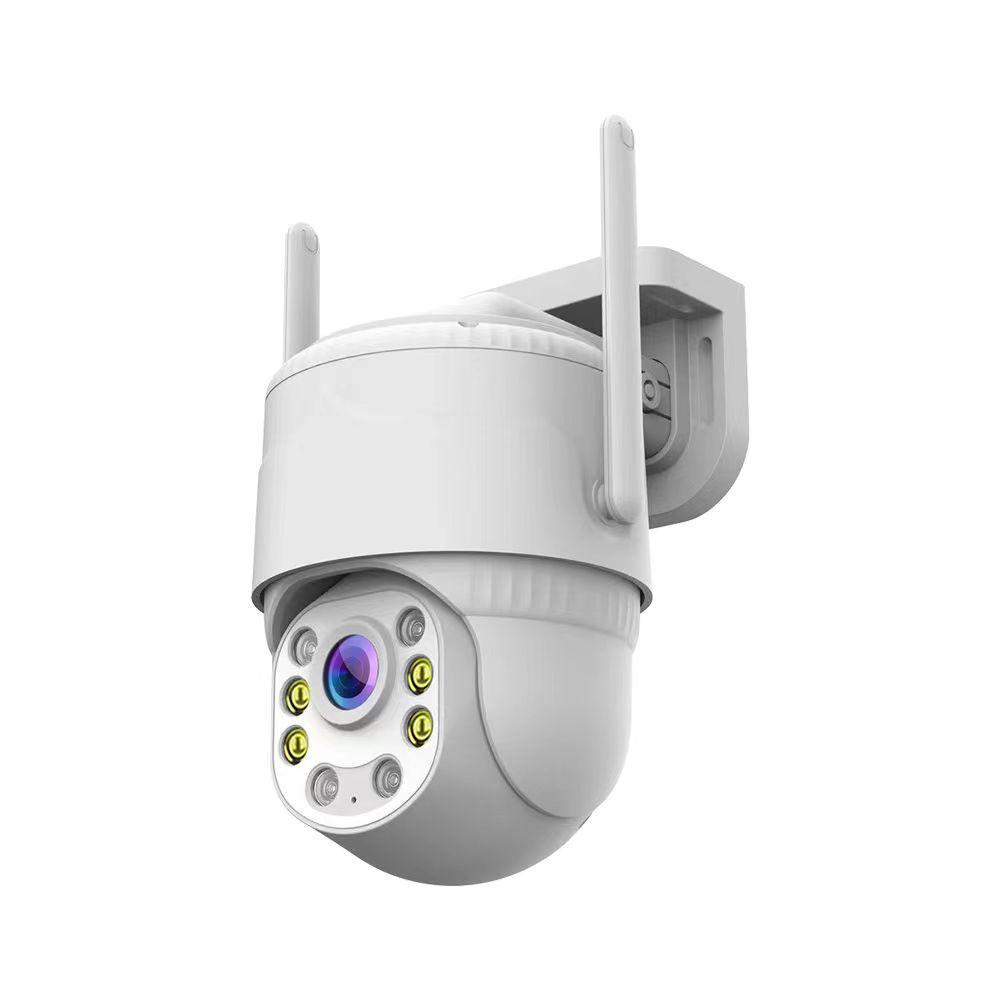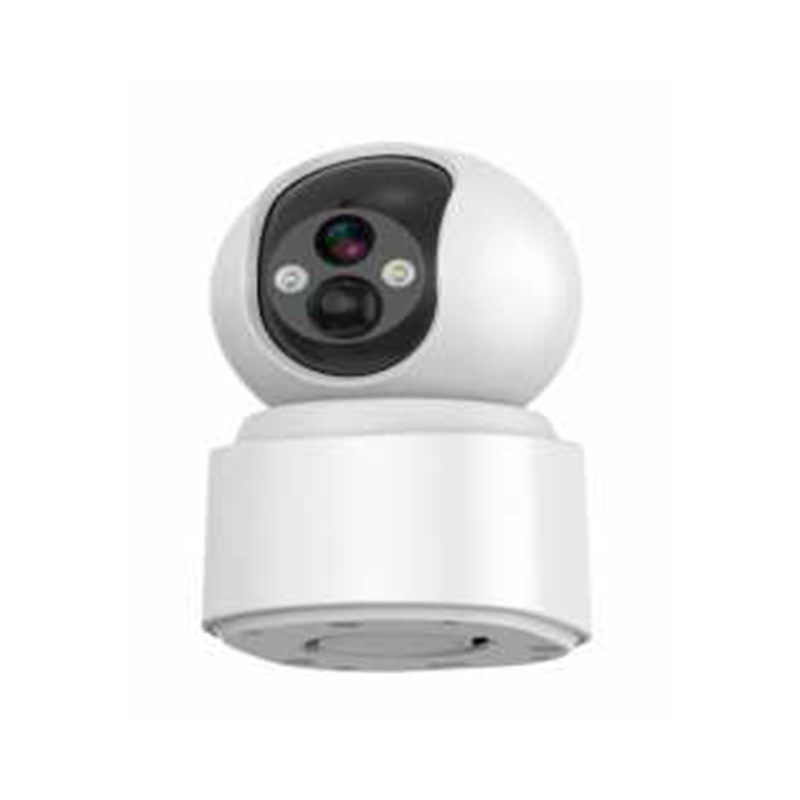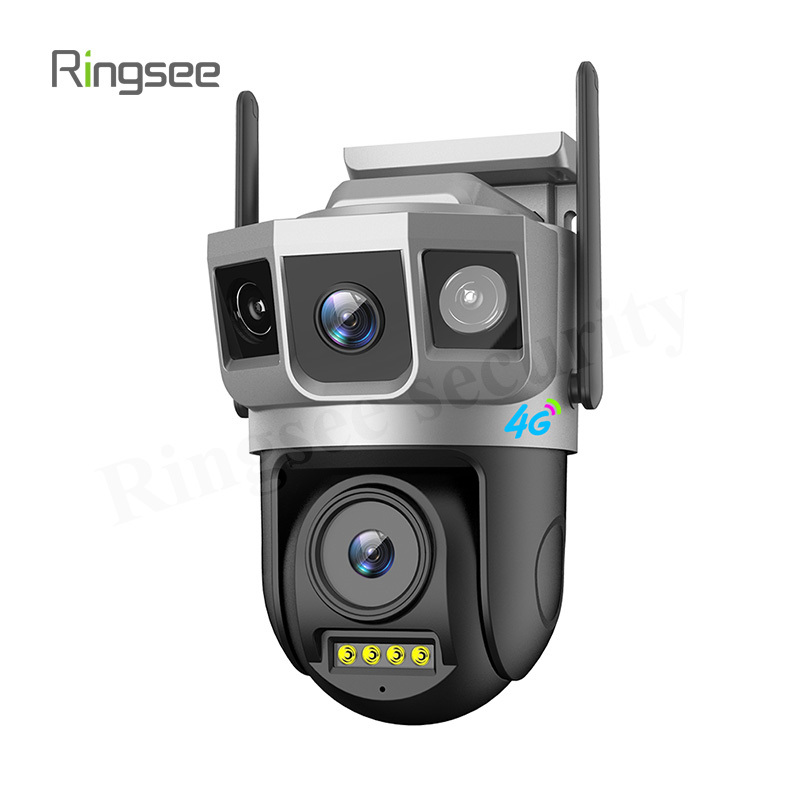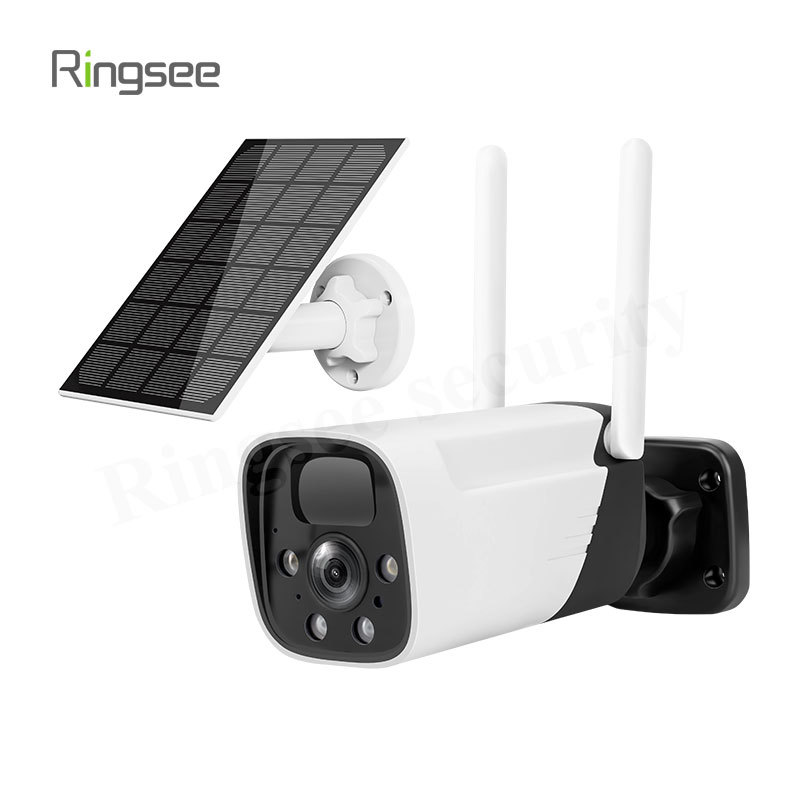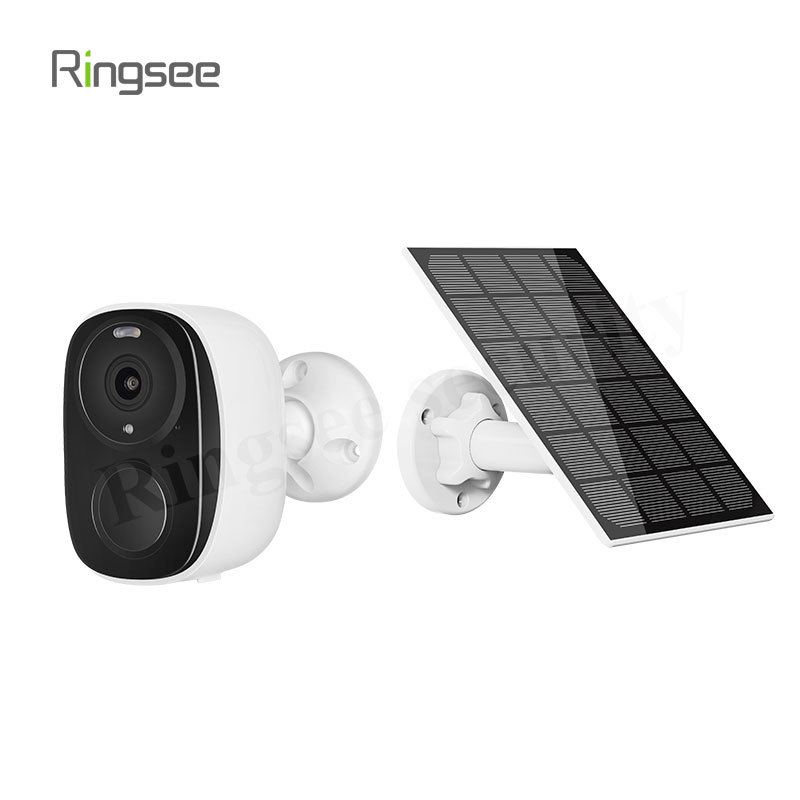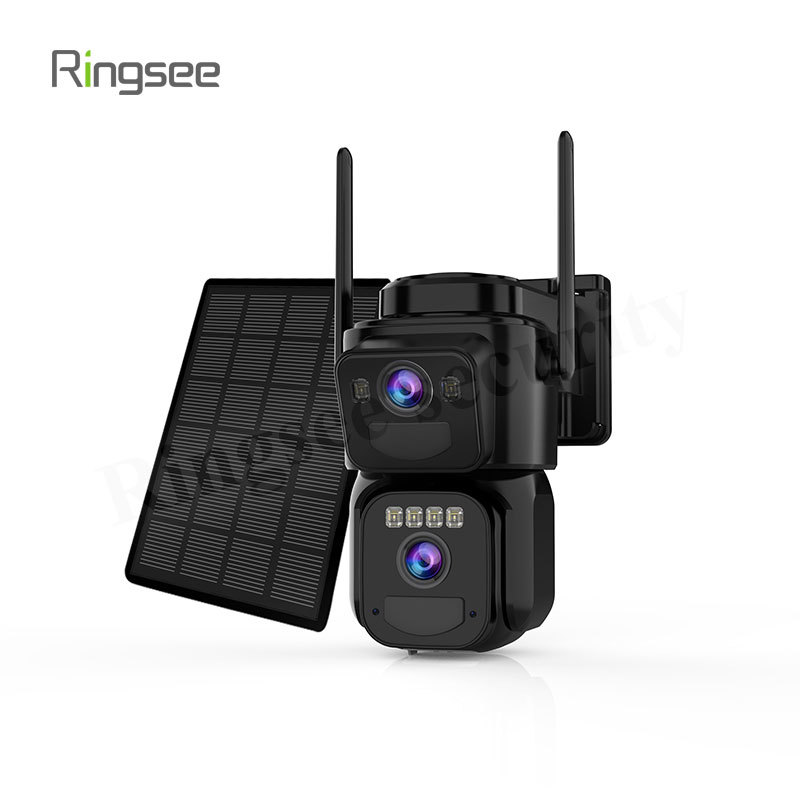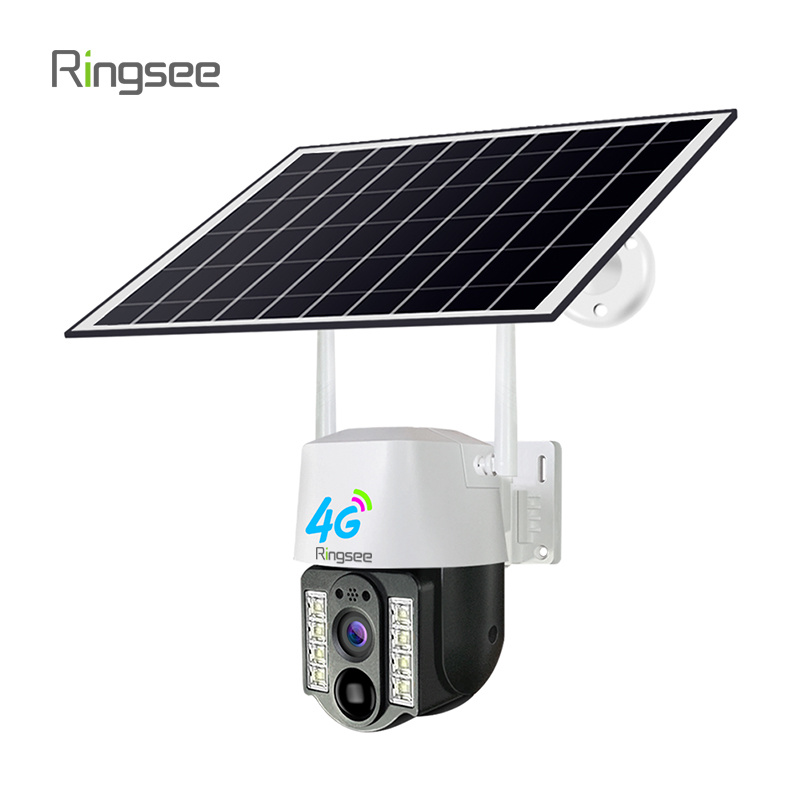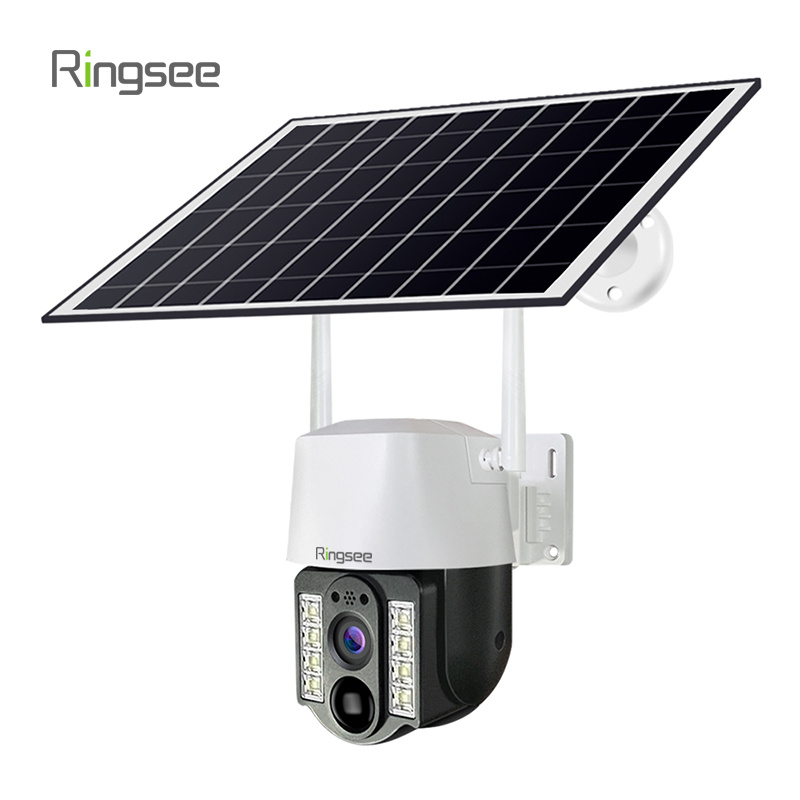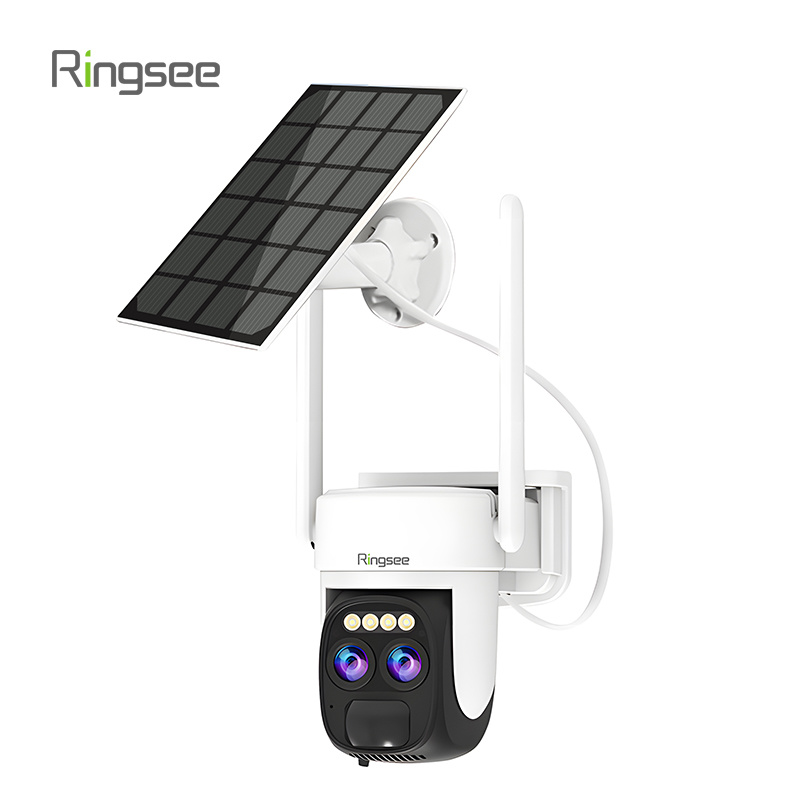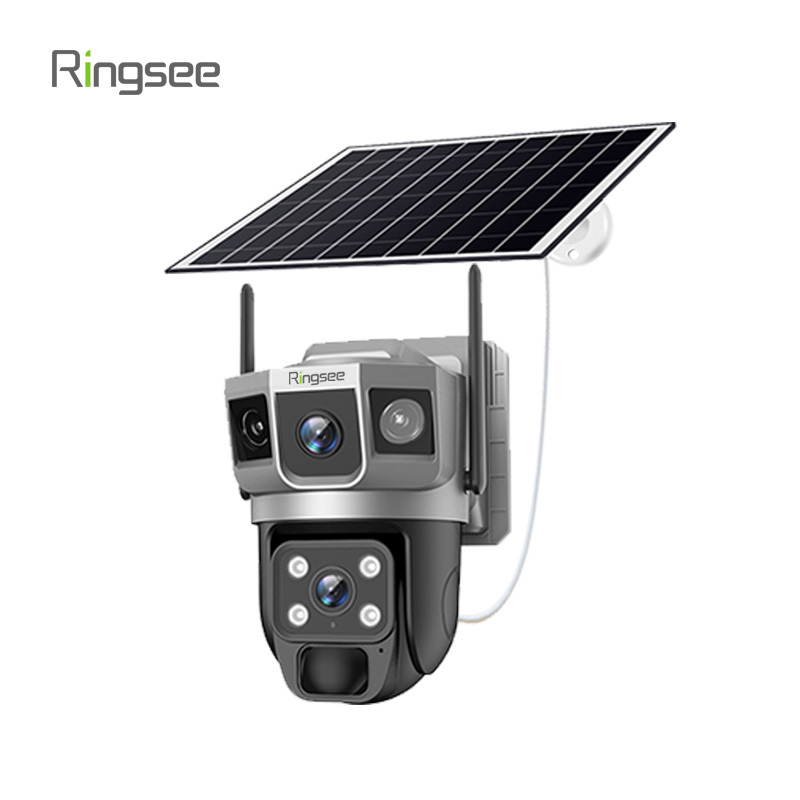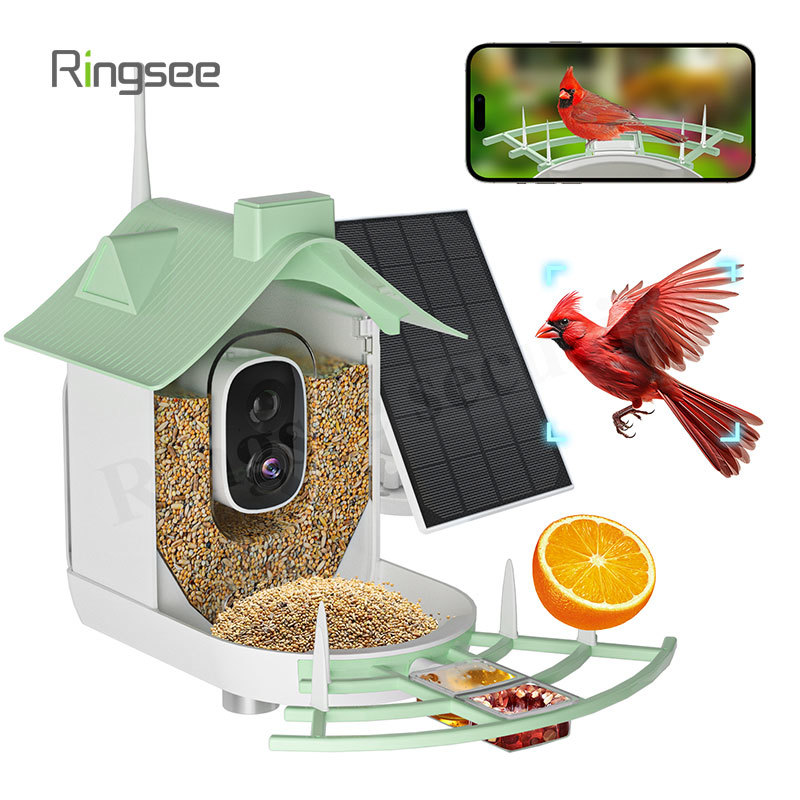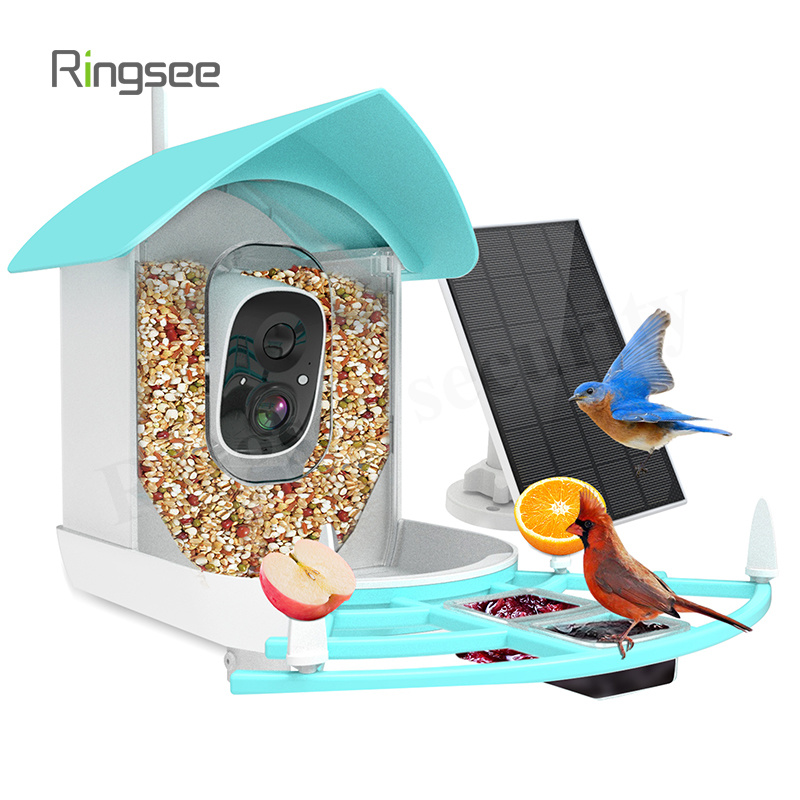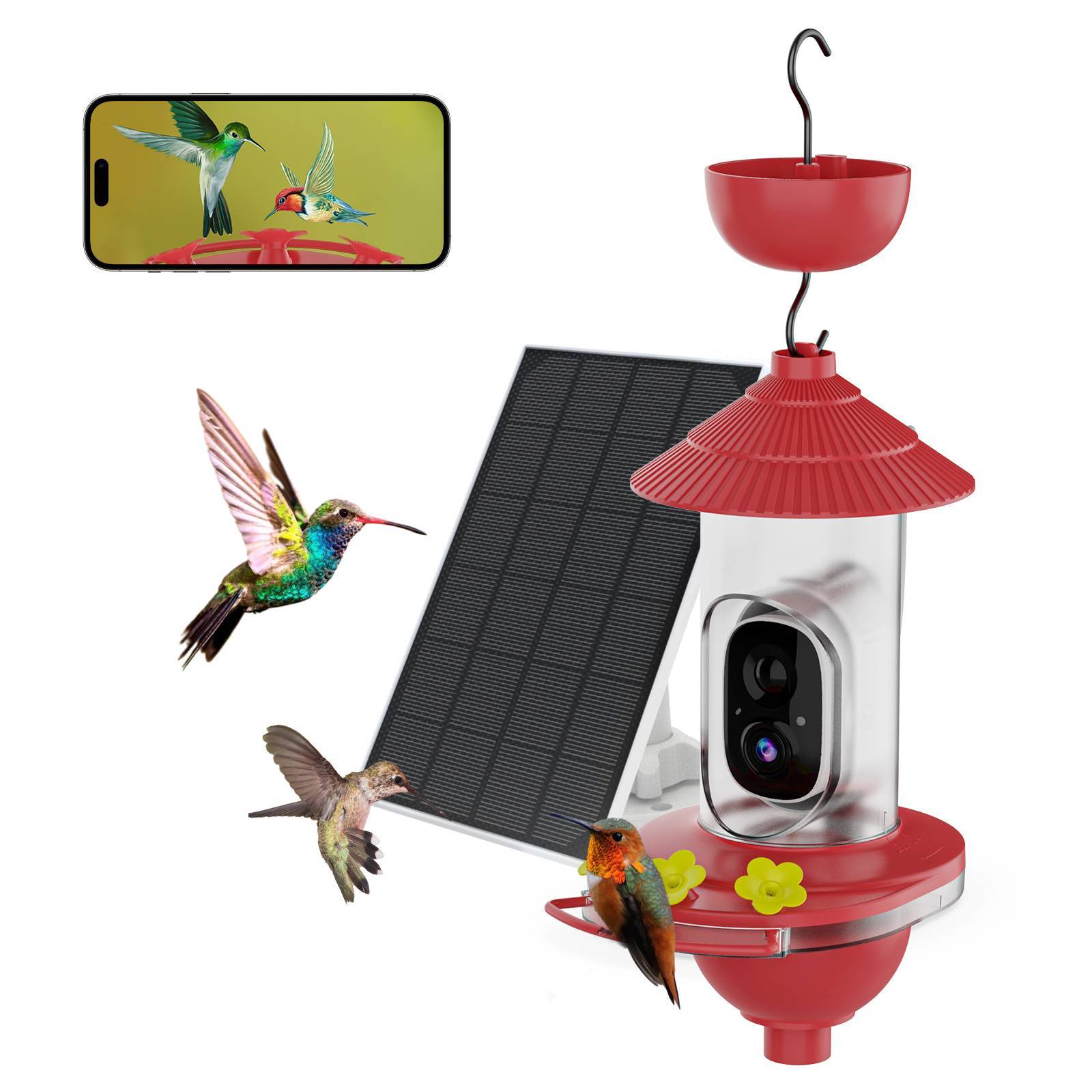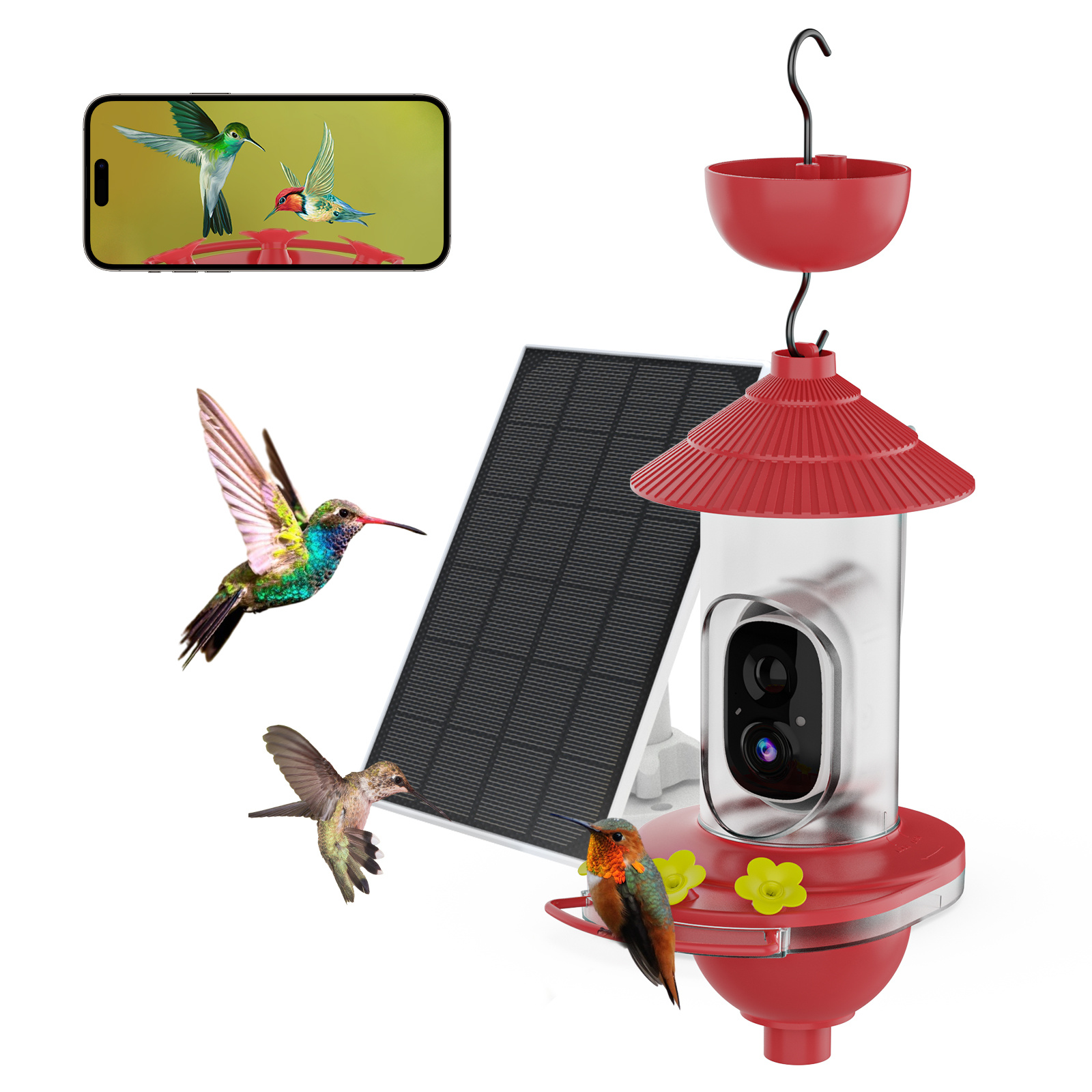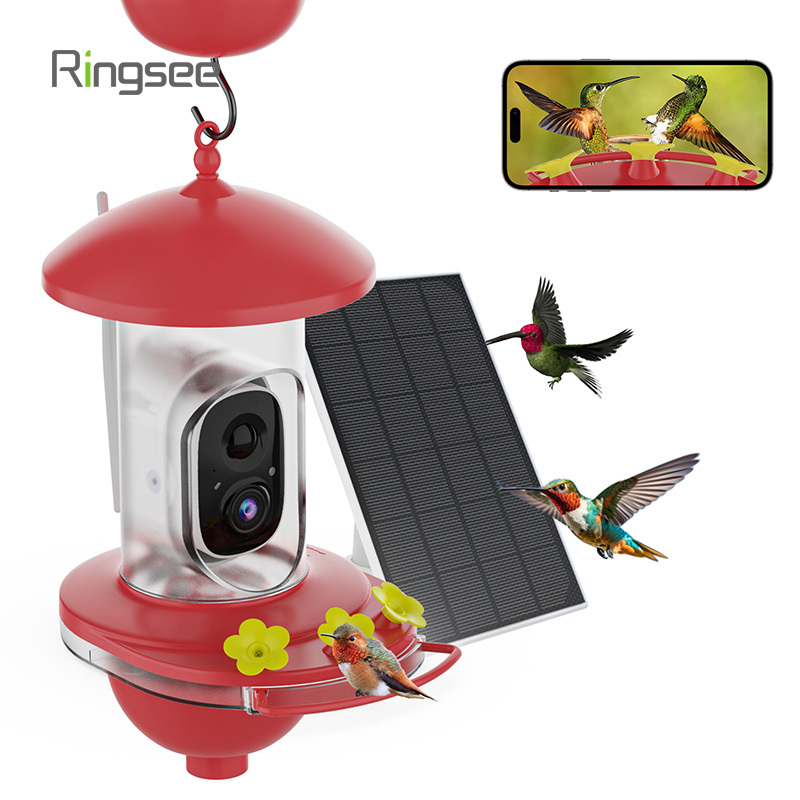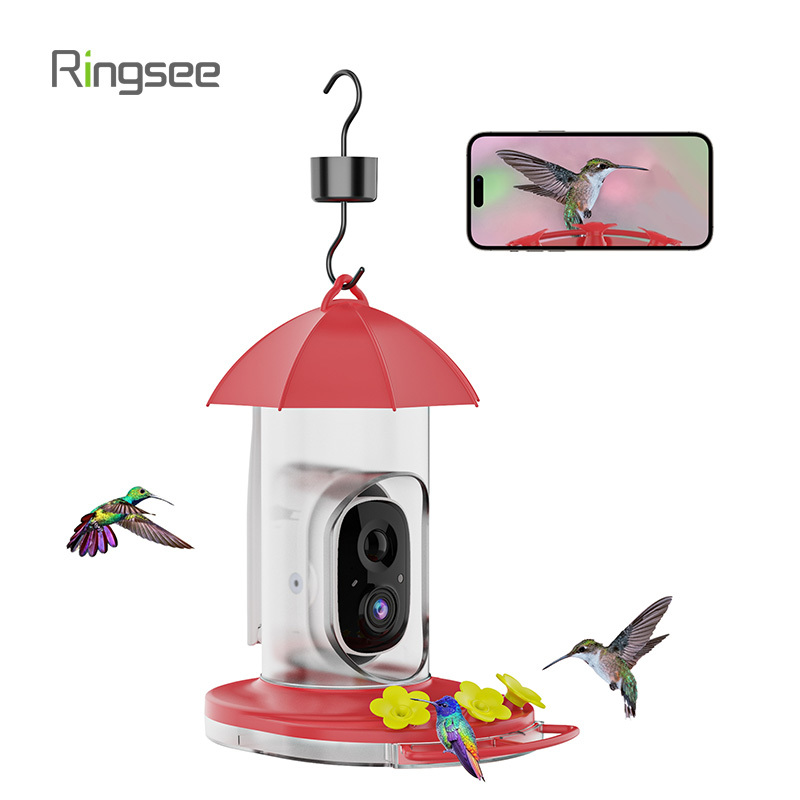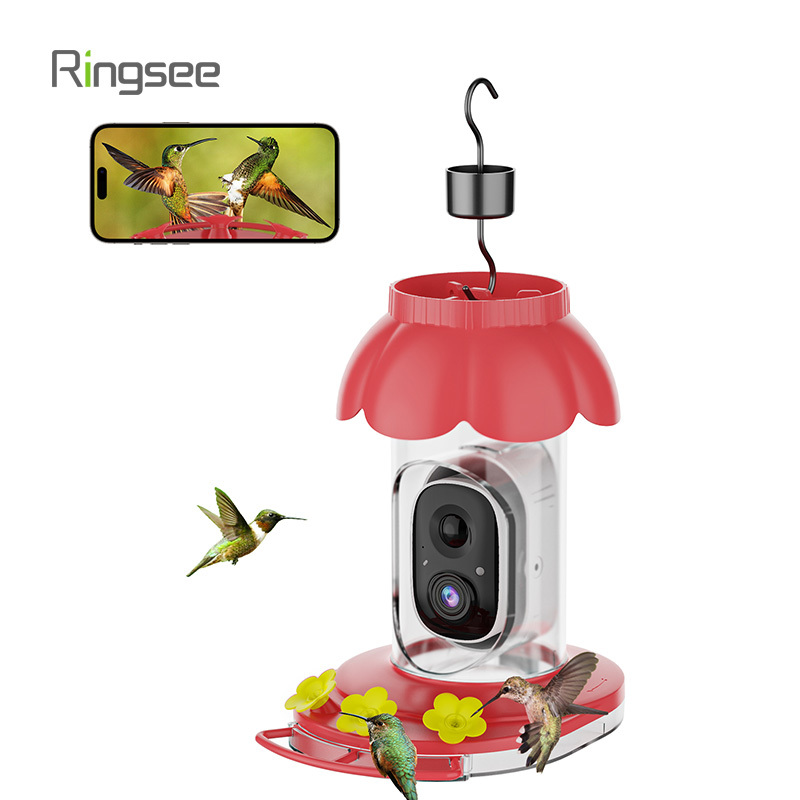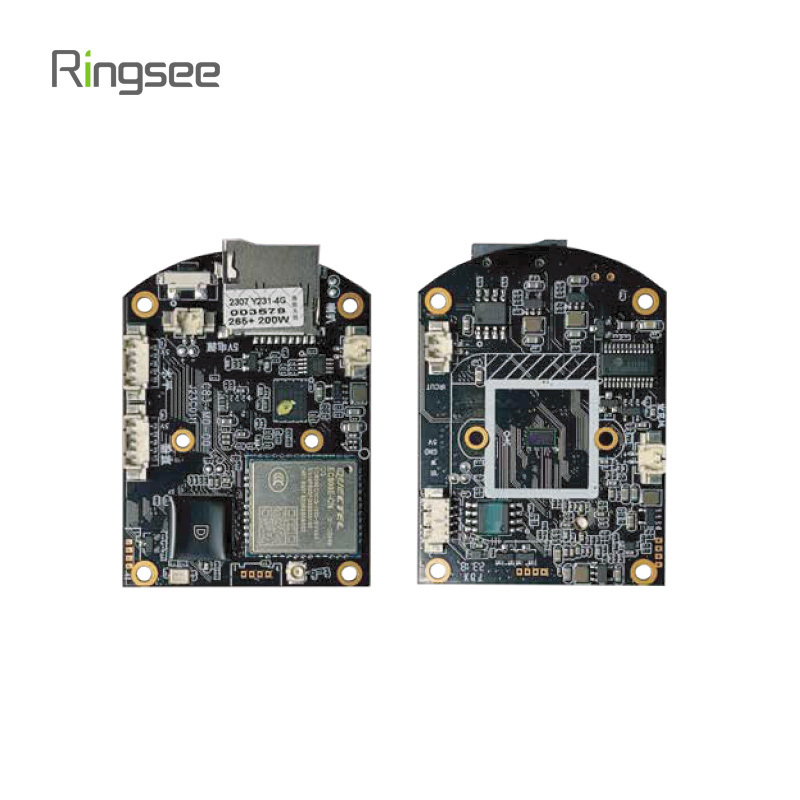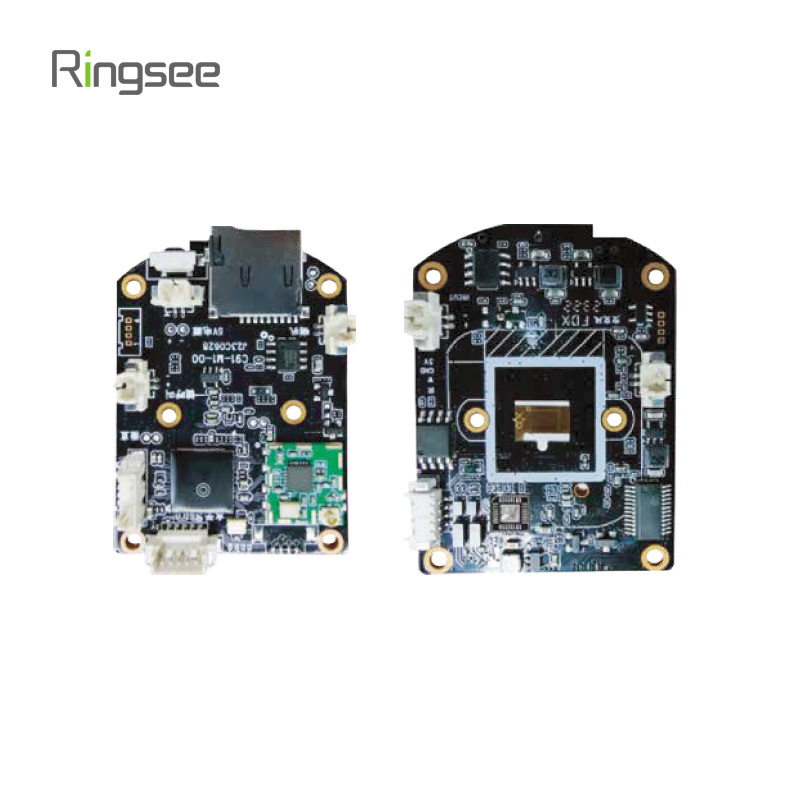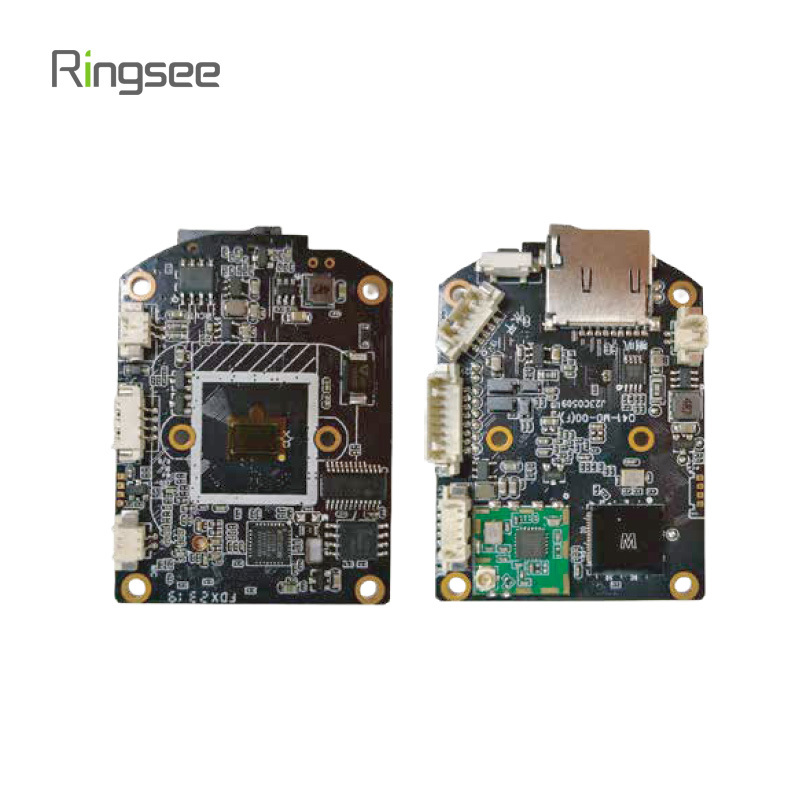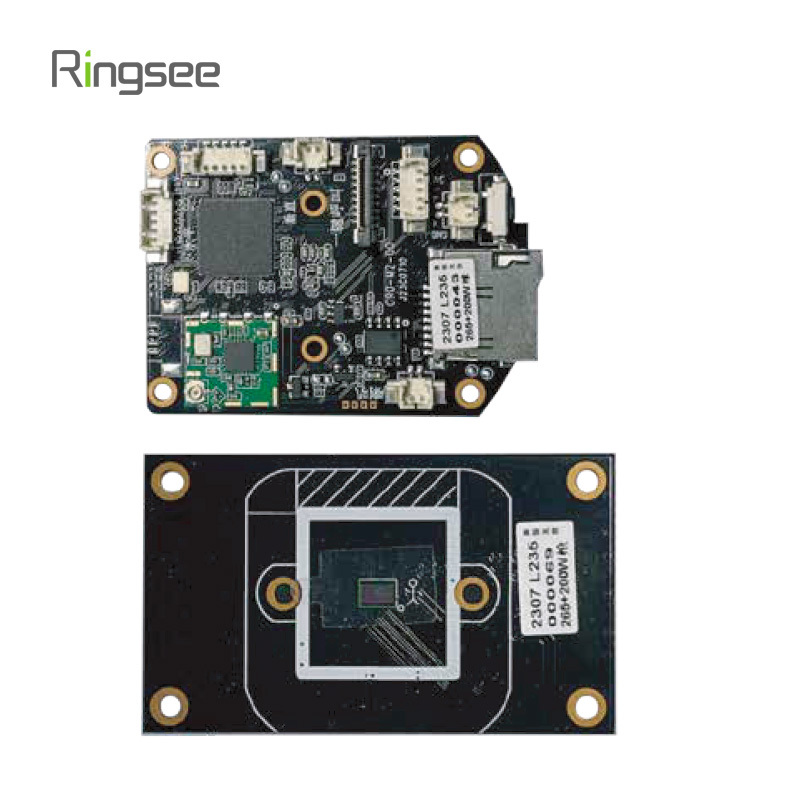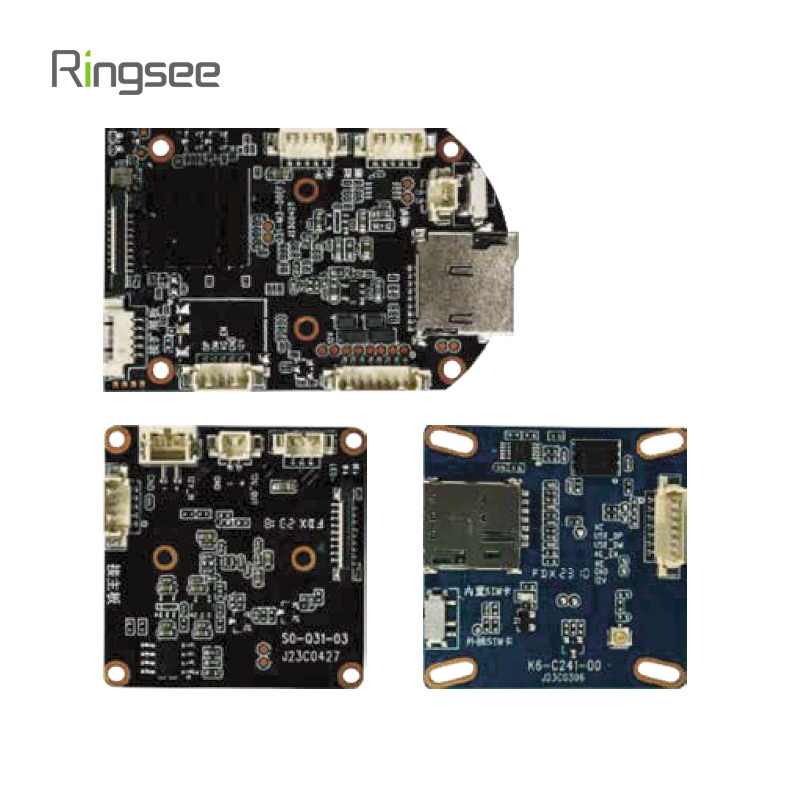Solar-Powered Trail Cameras: Essential Tools for Modern Ecology and Passive Conservation
Publish:
2025-08-02 09:59
Source:
https://www.ring-see.com
In the face of accelerating climate change and habitat fragmentation, conservationists are increasingly turning to technology-powered solutions that minimize human disturbance. Among these, solar-powered trail cameras are emerging as indispensable tools in the fields of remote wildlife monitoring and passive conservation. With the ability to capture wildlife behavior over months without intervention, these cameras not only reduce ecological footprints but also improve the accuracy and scale of ecological research.
The Rise of Passive Conservation and Technological Monitoring
“Passive conservation” refers to conservation efforts that aim to reduce human interference with ecosystems while still monitoring and supporting wildlife. In such settings, non-invasive, automated tools are critical.
According to a 2023 report by the International Union for Conservation of Nature (IUCN), global protected areas now exceed 17% of the Earth’s terrestrial surface, many of which are inaccessible or understaffed. This highlights the growing need for remote, sustainable surveillance solutions.
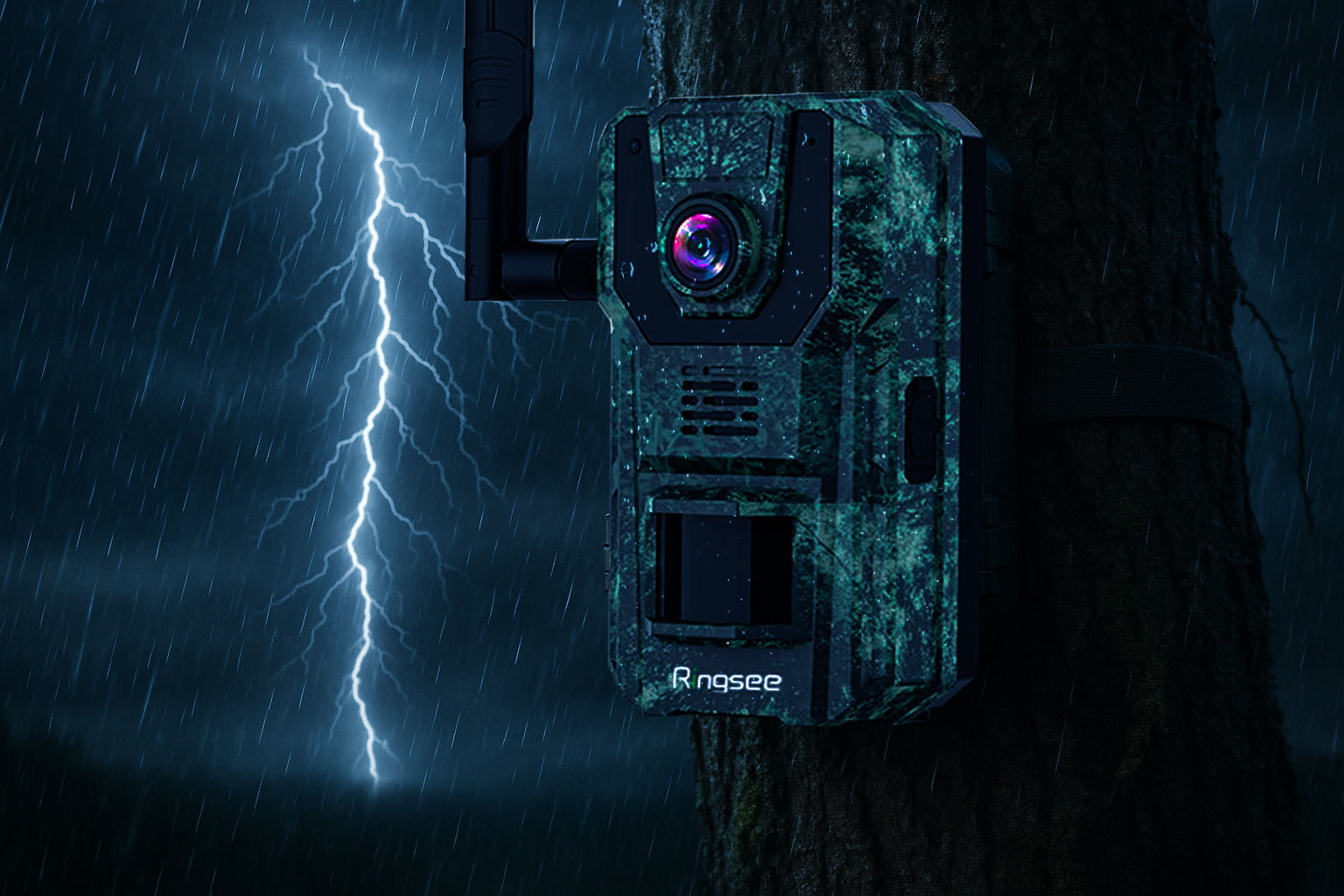
Why Solar-Powered Trail Cameras Are Game Changers
1. Energy Independence in Remote Locations
Traditional battery-powered trail cameras often fail in remote regions where regular maintenance is impossible. Solar-powered models, equipped with high-efficiency photovoltaic cells and rechargeable lithium batteries, allow for continuous, unattended operation for up to 12 months depending on sunlight exposure and activity frequency.
A 2022 study by the Smithsonian Conservation Biology Institute found that using solar trail cams reduced field visits by 73%, significantly lowering fuel costs, emissions, and human-wildlife conflict.
2. Non-Invasive Monitoring for Ethical Research
Unlike drone surveillance or tagging, trail cameras allow for unobtrusive observation of species in their natural habitats. Researchers can monitor elusive or endangered animals without disturbing them—a principle that aligns perfectly with the ethics of passive conservation.
3. Real-Time Data Collection with Cellular Connectivity
Modern solar trail cams often feature 4G cellular modules that transmit photos and videos in real time to cloud platforms. This enables ecologists to track migration, behavior, and environmental changes instantly, enhancing response times for conservation measures.
Case Study: Yellowstone National Park
In Yellowstone, where winter access is limited, solar trail cameras have been deployed to monitor wolf pack behavior, elk migration, and predator-prey dynamics. According to a 2023 publication in Ecological Applications, these cameras provided over 1.5 million images with a 98% uptime, a feat that would have been financially and logistically unfeasible using conventional systems.
Addressing Challenges: Sunlight and Environment
While solar-powered trail cams offer significant advantages, challenges such as limited sunlight in dense forests or winter months still exist. To combat this, manufacturers are now developing hybrid models that include extended battery packs and low-light solar panels, ensuring greater reliability across climates.
Furthermore, AI-powered image recognition is being integrated into these cameras, reducing the need for manual sorting and accelerating data analysis—another leap forward for ecological studies.
Global Trends and Future Outlook
The global market for solar-powered trail cameras is expected to grow at a CAGR of 7.4% from 2023 to 2030, according to Market Research Future. Conservation organizations, governments, and academic institutions are increasing their investments in solar surveillance infrastructure to support biodiversity documentation and climate response.
As remote wildlife monitoring and passive conservation efforts expand across the globe, solar-powered trail cameras have become cornerstones of modern ecological research. These sustainable, low-impact tools not only enhance data collection in hard-to-reach areas but also align perfectly with conservation goals in the 21st century.
For any organization striving to make a real difference in wildlife protection, investing in solar trail camera technology is no longer optional—it’s essential.
Prev:
Related News
Solar-Powered Trail Cameras: Essential Tools for Modern Ecology and Passive Conservation
Discover how solar-powered trail cameras are transforming remote wildlife monitoring and passive conservation programs, backed by official data and expert insights.
Aug 02,2025
Ringsee: CCTV vs. IP Camera: Which Is Better for Home Surveillance?
what’s the real difference between a CCTV camera and an IP camera? More importantly, which one is better for home use? In this guide, we’ll break it down in simple terms, weigh the pros and cons, and help you choose the right fit for your security needs.
Jul 29,2025
This guide dives deep into everything you need to know—from understanding how these cameras work, to global trends, and how to find trustworthy Chinese manufacturers that won’t let you down.
Jul 28,2025
Discover how to choose the best bird feeder camera with solar panel for backyard birding. Learn key features, user concerns, and how to pick a reliable Chinese manufacturer for bulk or custom orders.
Jul 24,2025
Home Security Camera Trends in 2025: Smarter, Safer, and More Human-Centered
In 2025, home security cameras are no longer just passive “watchers” on your wall. They've become intelligent companions — vigilant, responsive, and increasingly personalized.
Jul 22,2025
Add: 14th Floor, Baoshan Building, Longhua District, Shenzhen China.
Privacy Policy | SEO | CitySite | Support: 300.cn Dongguan
COOKIES
Our website uses cookies and similar technologies to personalize the advertising shown to you and to help you get the best experience on our website. For more information, see our Privacy & Cookie Policy
COOKIES
Our website uses cookies and similar technologies to personalize the advertising shown to you and to help you get the best experience on our website. For more information, see our Privacy & Cookie Policy
These cookies are necessary for basic functions such as payment. Standard cookies cannot be turned off and do not store any of your information.
These cookies collect information, such as how many people are using our site or which pages are popular, to help us improve the customer experience. Turning these cookies off will mean we can't collect information to improve your experience.
These cookies enable the website to provide enhanced functionality and personalization. They may be set by us or by third-party providers whose services we have added to our pages. If you do not allow these cookies, some or all of these services may not function properly.
These cookies help us understand what you are interested in so that we can show you relevant advertising on other websites. Turning these cookies off will mean we are unable to show you any personalized advertising.

